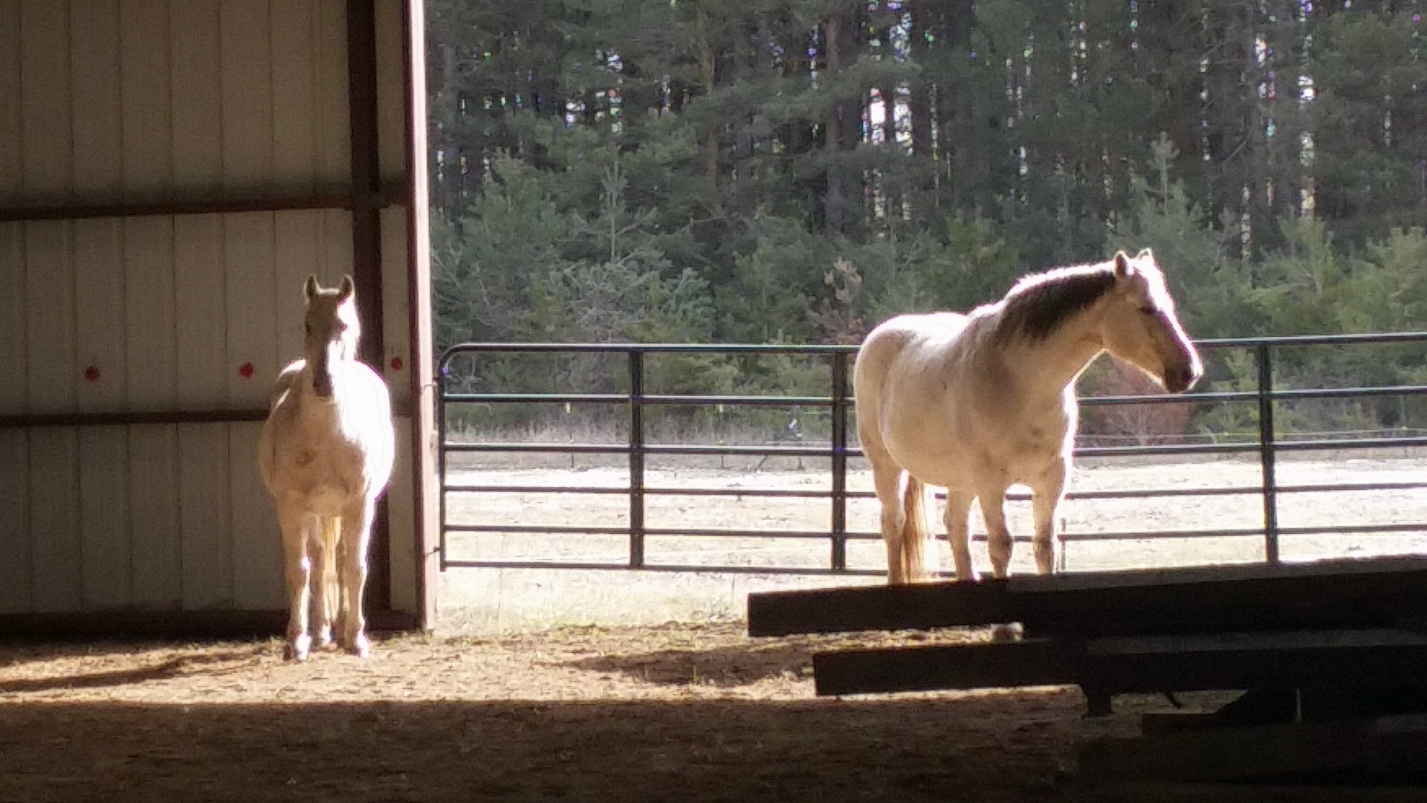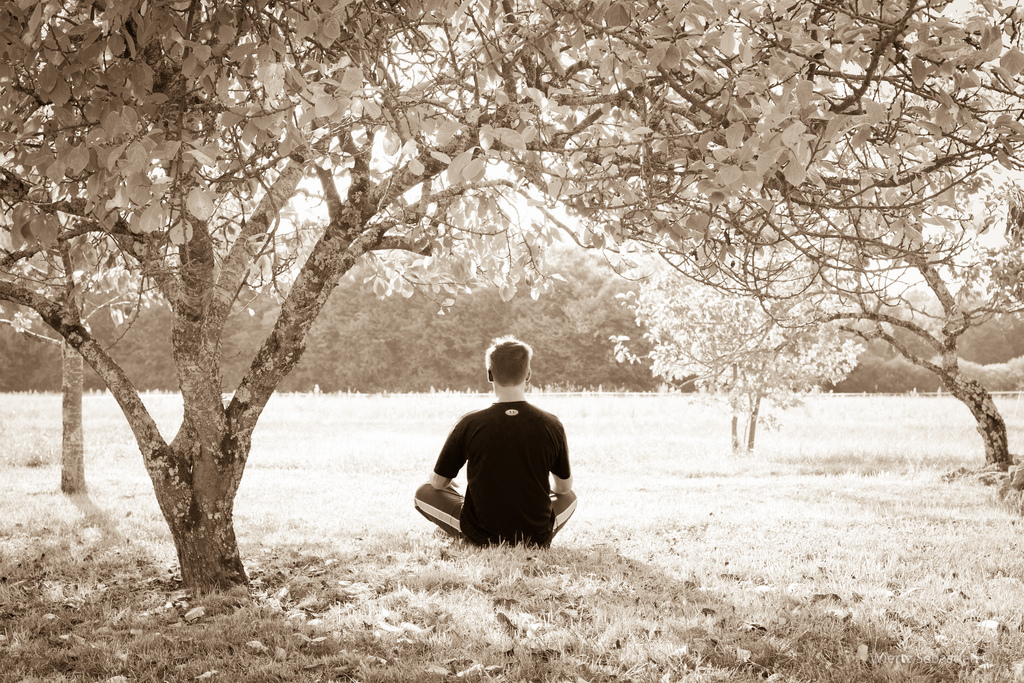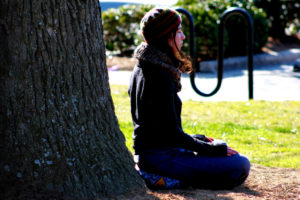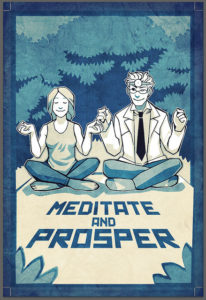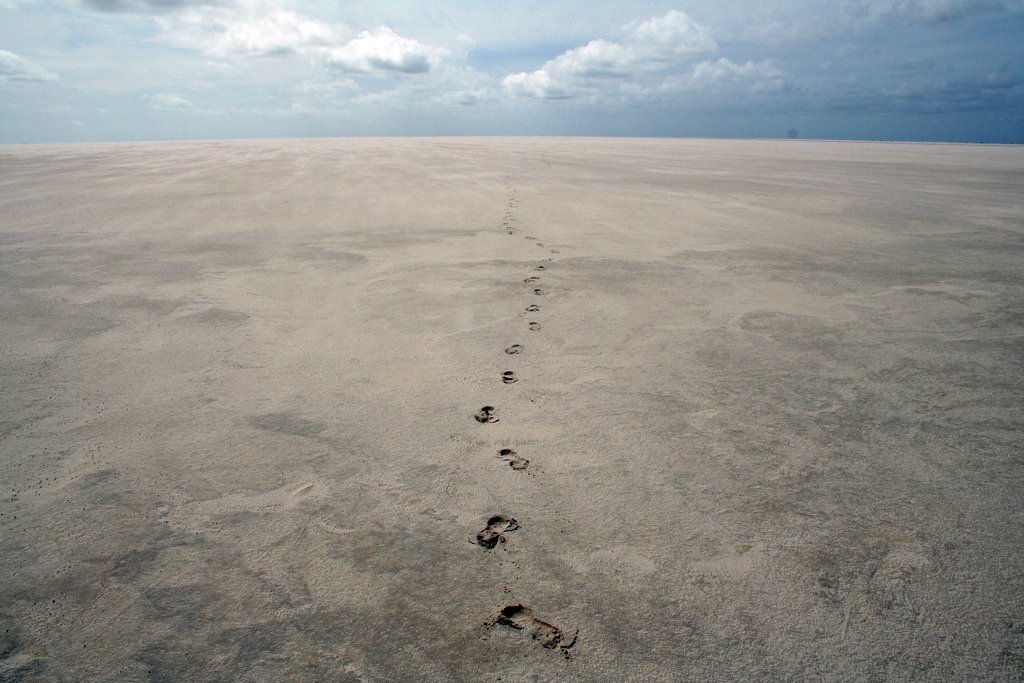Dr. Rob Horowitz is an Associate Professor of Clinical Medicine and Pediatrics, and is board-certified in Internal Medicine, Pediatrics and Hospice & Palliative Care Medicine. After 14 years of working as a rural Emergency Physician, in 2012 he moved his professional come to the University of Rochester Medical Center division of Palliative Care, where he cares for children and adults who have serious illness. Dr. Horowitz also established and served as Medical Director of URMC’s Adult Cystic Fibrosis Program from 1999 until 2015.
In addition to his clinical duties, Dr. Horowitz is Director of the Medical School’s Year 2 and Year 3 Comprehensive Assessments, which are longitudinal formative assessments of student communication skills, medical knowledge and professionalism utilizing patient-actor interviews, multi-source feedback, peer- and self-assessments, and other modalities. He also teaches medical students in multiple other small and large group settings and facilitates several groups for clinicians, including Balint groups for physicians and Nurse Practitioners, and a support group for Palliative Care Unit nurses, techs and others.
Hello Class of 2016 and hello to your family, friends, colleagues and dignitaries. What an honor, that you invited me to deliver your Last lesson from the University of Rochester School of Medicine and Dentistry faculty. It will be a brief one, less than ten minutes; and it will be a review, a reminder of what you already know. Or, and I say this with sadness and some urgency, it may be a reminder of what you once knew, and may be in the process of forgetting. This Last Lesson is grounded in words from Francis of Assisi, which I paraphrase here:
Work of our hands is labor.
Work of our hands and our head is a craft.
Work of our hands, our head, and our heart is an art.
THIS is the last lesson: doctoring is an art, a work of your hands, head and heart, or more prosaically, a work of skills, knowledge and humanity. This reminder is important, even for you, who were socialized here in Rochester, the home of biopsychosocial medicine. In fact, it’s a response to recent conversations I’ve enjoyed with many of you, who, poised for internship, wondered whether health-care-the-business has taken the heart out of medicine- the-calling. The answer is a resounding NO. But let me respond directly to your words, first about hands and head. Here are two quotes from you, representative of many others:
I just don’t know enough to be a good doctor.
I’m about to be revealed as a phony.
I respond with a story from long ago and yet not so long ago: twenty three years ago I was a Med-Peds intern here in Rochester, just completing my first Medicine rotation at Strong Memorial Hospital, when in Morning Report the chief resident asked me to offer a differential for the case. I was paralyzed. I had no idea how to explain the patient’s symptoms. I tried to smile and charm my way through it, but I stumbled and fumbled, until a fellow intern completed the task that I couldn’t. I felt ashamed…revealed as a phony, an imposter.
As you know, aversive conditioning is deep, and this experience stuck with me. In the succeeding years, whenever I saw a particular colleague who witnessed my humiliation on that day long ago approaching down the hall, I was tempted to, and sometimes DID, turn in the opposite direction, so I wouldn’t have to feel his scorn.
Sounds silly from this vantage, nearly a quarter century later, doesn’t it? In fact, a medical student suggested so last year in response to me sharing this story. He challenged me to find out if my impression was accurate. And so I did. Last June, seated behind me in Grand Rounds was that well-admired physician. I took a deep breath, turned around, and asked him what he recalled about that infamous incident, my unmasking. His response was, “Are you kidding, Rob? I was too busy feeling like a fraud myself to take
in anyone else’s difficulties! Sounds like we were in the same boat.”
What a gift of relief his words were! A few minutes into Grand Rounds, he put a ribbon on the gift when he tapped me on the shoulder and whispered, “Y’know, Rob, I’ve always thought you were a pretty smart guy.”
There are two morals here: First, you can’t pack all the information you will ever need into your head. In 1950 the doubling time of medical knowledge was 50 years; in 1980, 7 years; in 2010, 3.5 years. This means during your tenure here—whether 4 years or 13 years—the base of medical knowledge has more than doubled and, for some of you, several times over! So, of course, please learn from your knowledge gaps, and master how and where to seek answers. And please recognize that knowing it all is not the most important measure of our competence as doctors.
Second, the collision between our cognitive limits and our inherent drive and perfectionism, which made this professional achievement possible in the first place, is a perfect recipe for self-doubt and self-judgment. And if these become our lifestyle, we will live a disheartening and depleted life. Please be kind to yourself, and find in your community colleagues and mentors who are open to genuine reflection. Don’t wait 25 long years, like I did, or forever, to make peace with your humanity.
Now, what about the Heart component of Doctoring? I will share two quotes from you, similar to many others:
I know empathy is important, but there isn’t enough time to be empathic.
I’m working so hard to be smart and productive, I’m afraid I’m losing my caring.
Let me respond with a second story, a fresh one about the profound opportunity for compassion in simple moments. Last Friday morning, into the exam room stormed my new patient, a 50-something year old woman I’ll call Wendy, who has widely metastatic cancer and severe pain, for which she was referred to me. You see, I’m a palliative care physician, and as such, I am a pain specialist. She sat opposite me and as she launched into her agenda, she leaned forward so far that I was forced to lean back.
She damned the medical system, and she cursed the siloed subspecialists, and she asked why the hell she should trust me, yet another siloed subspecialist, to help her, or to even care. I asked if I might share an observation with her. She nodded. I told her, “I want
to help make sense of what’s going on, and to care for you and help you, but your manner appears so angry, so critical, I am not sure how to reach through it to you. Can you help me?” She softened a bit, and responded, “I’m afraid that if I stop being angry, I’m going to cry.” I inched closer, until our knees were almost touching, and looking into her now moist eyes, I said, “Then cry.” She gasped and her head bowed, tipping forward as if she was collapsing, and to stop her descent, I reflexively leaned forward, until the tops of our heads were gently touching. We were posed like an A-frame, and she wept. I put my hand on her shoulder and told her, “I am with you, Wendy.” And between sobs, she stuttered, “Yes…now… I know.”
There are two morals here. First, you can choose to cultivate the habit of compassion. Indeed, I share this story not to show off my compassion-finesse, but to demystify, to define and to normalize it. We respond compassionately to suffering simply by witnessing it, approaching it, and inquiring about it. And by that alone, we offer healing. And it doesn’t have to take a lot of time.
Second, it is vital to be compassionate to both your patients AND to yourselves. Because just as you can’t possibly know everything that matters, neither can you possibly tend to all those in need. Please remember that you actually DO need to sleep and to eat,
to tend to your spouse, your partner, your children, your friends, your inner life, and your pleasures.
So, this last lesson is a reminder of what you knew when you first came here to enter this amazing, privileged profession: Hands, head and heart are all three essential to the art of doctoring. If you choose to make compassion your default mode, then you will know definitively—in your own heart—that health-care-the-business CAN’T take the heart out of medicine-the-calling.
You can only imagine how inspiring it is, from this stage, to look upon you, our colleagues. To celebrate you, to be awed by you, and to know with great confidence that your skillful hands, your brilliant heads, and yes—your loving, beautiful hearts will be a blessing to your countless beneficiaries, your patients, who now await your arrival. For this we are forever proud and grateful. Congratulations.
The Medical Commencement Archive, Volume 3, 2016
Dr. Rob Horowitz, MD
University of Rochester School of Medcine
Commencement Address
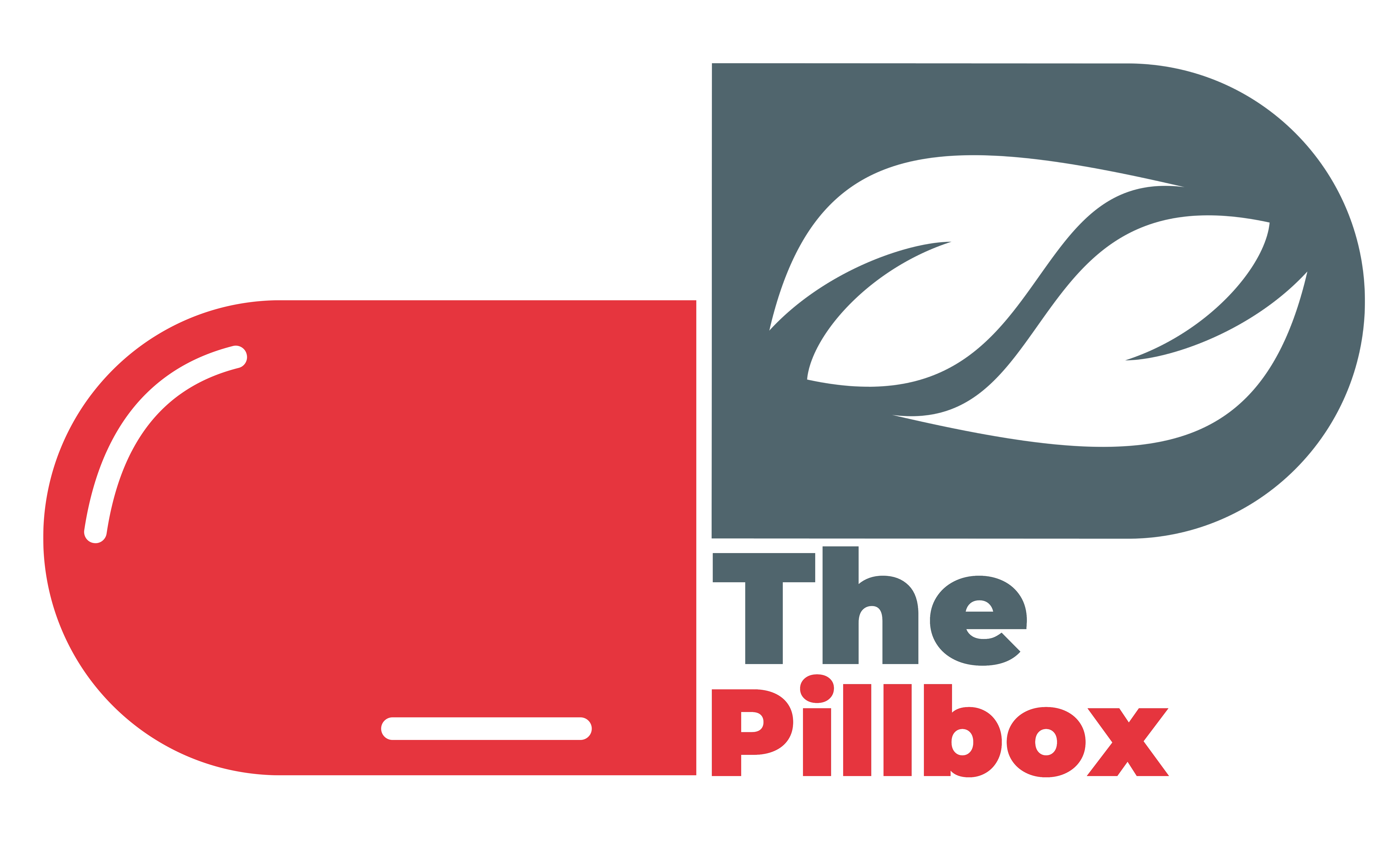
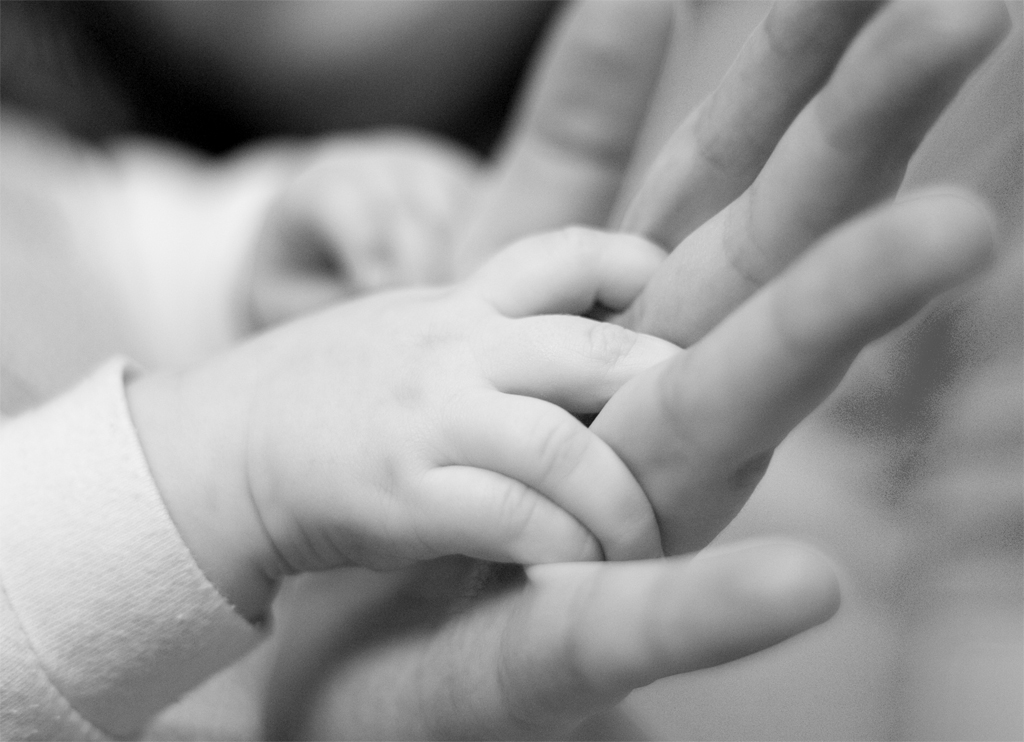


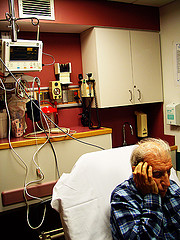
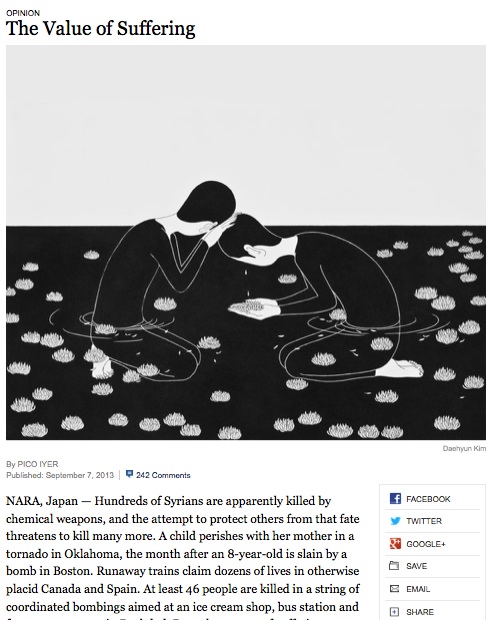

 consistently been shown to have a positive impact on mental health. Dr. Martin E. P. Seligman, a psychologist at the University of Pennsylvania, asked study participants to write letters of gratitude to people in their lives whose important contributions had previously gone unacknowledged. He then quantified the impact of these letters on the study participants’ letter writers by providing them with a happiness score. Unsurprisingly, the mere act of writing the letter and expressing gratitude was found to boost each participant’s happiness score.
consistently been shown to have a positive impact on mental health. Dr. Martin E. P. Seligman, a psychologist at the University of Pennsylvania, asked study participants to write letters of gratitude to people in their lives whose important contributions had previously gone unacknowledged. He then quantified the impact of these letters on the study participants’ letter writers by providing them with a happiness score. Unsurprisingly, the mere act of writing the letter and expressing gratitude was found to boost each participant’s happiness score.

